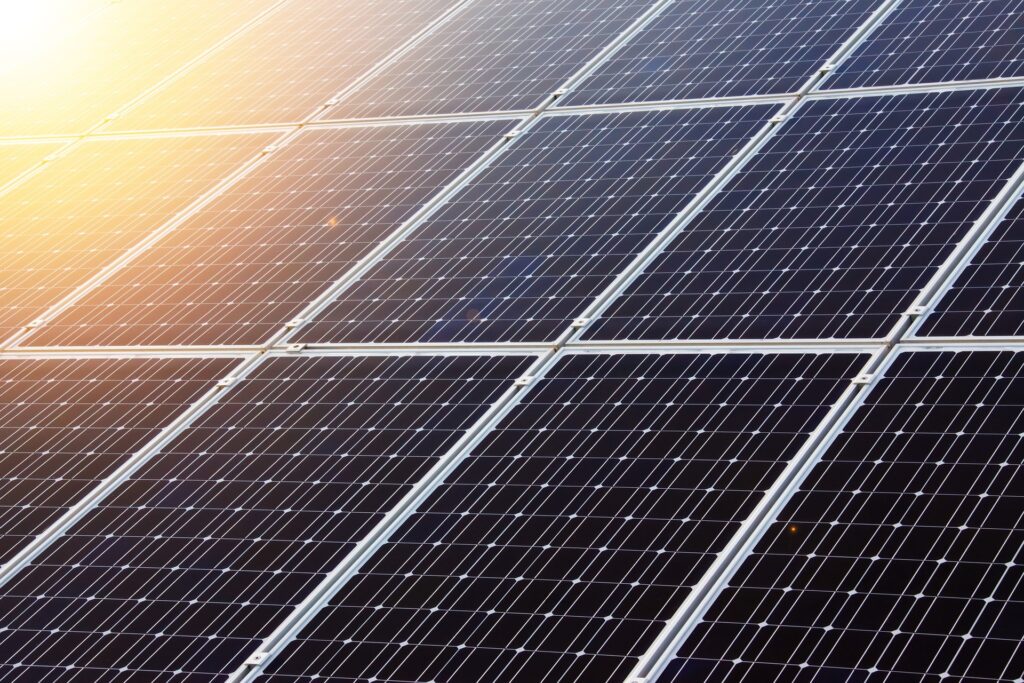Energy bills are a major burden for lower-income households in the United States. On average, these households spend three times more of their income on energy costs than middle-class families do.
Solar can help alleviate energy burdens for low-income households. Policymakers should explore ways to make solar more accessible to these groups.
1. Energy Savings from Solar Panels
Solar power not only provides a clean and renewable source of energy, but it can also save low-income households money. In some states, these savings can amount to thousands of dollars annually.
Electricity costs can be a substantial portion of household budgets, particularly for low-income families. In many areas, these households spend more than a third of their income on electricity bills.
Unfortunately, low-income communities have historically found it challenging to go solar. Families typically live in rented accommodation, have lower credit scores or lack the capital necessary for installing a system.
However, policies have been put in place across states that can help bridge this gap and increase solar access for lower-income families. Examples include weatherization assistance programs, affordable housing programs and state solar incentives for community solar projects.
2. Tax Breaks from Solar Panels
One of the primary advantages for low-income households to install solar panels is the tax breaks available. Both federal government and many states provide solar tax credits that can be stacked and credited, thus reducing the overall cost of a solar system.
The Residential Clean Energy Credit is a federal tax break that can reduce your income taxes by up to 30%. It’s available to anyone with either primary or secondary residence located in the U.S.
Additionally, the credit can be applied to lower your electricity bills. Savings depend on several factors, such as how much electricity your family uses and the size of solar system you install.
The tax credit can be applied to a range of applications, such as solar panels, battery storage and solar + storage combinations. Furthermore, it could reduce your state tax liability if your jurisdiction offers solar incentives.
3. Environmental Benefits
Low-income households often devote a substantial portion of their income to energy costs. Solar power can help alleviate some of this strain.
In many states, policies are being developed that will enable more low-income families to access solar energy. This includes financing options that make solar power installations affordable for these households.
Community development organizations and housing rehabilitation corporations can utilize solar in the construction of low-income units. This strategy avoids customer acquisition issues and offers better financing rates – an essential step to increasing low-income participation in clean energy sources.
4. Job Opportunities
Low-income households typically spend a disproportionate share of their income on energy costs, leading to tight budgets. Solar panels can help alleviate that burden by offering bill savings for the household and access to clean energy at an affordable price point.
Furthermore, low-income people can find employment in the solar industry. One way to create these positions is by encouraging volunteerism and offering hands-on training for those aspiring to enter this sector.
These programs often involve partnerships between utilities, non-profits, financial institutions and developers. Through these collaborations, programs like these can help break down barriers and provide tangible financial advantages to low-income customers.
